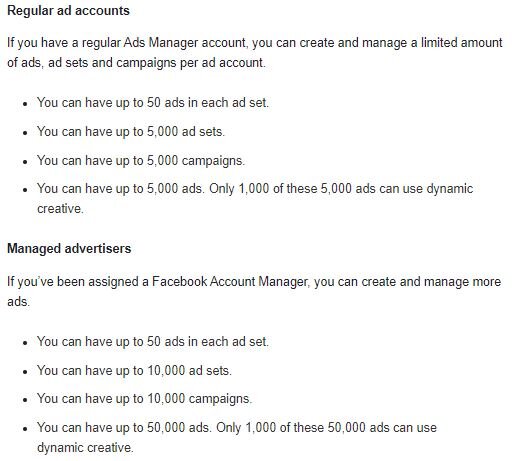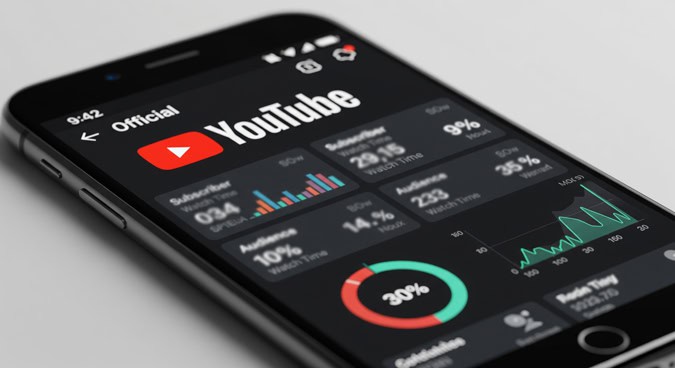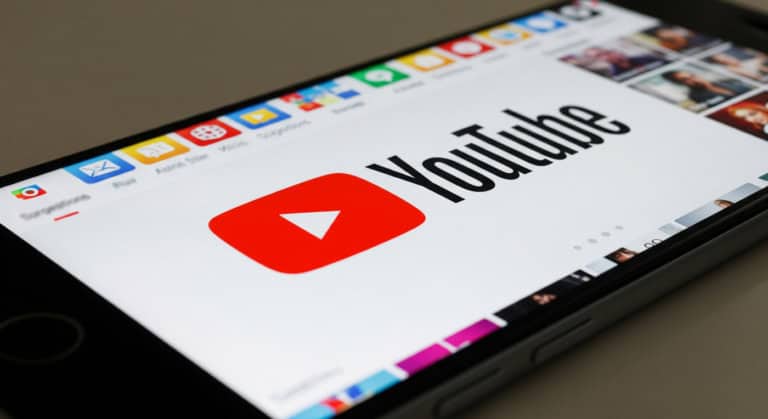
One of the advantages to online advertising is the ability to create multiple ads and deliver them side-by-side to gather data, learn, and then iterate your creative.
For instance, in Facebook Ads Manager, YouTube, LinkedIn, and Twitter, you can target dozens of ads at a single audience, and the respective ad platform will deliver more impressions for the ad(s) that performs best based on your designated campaign objective.
There are multiple advantages to this:
- Best idea wins: Do your coworkers argue about creative ideas? Settle these subjective debates with data.*
- Lower ad frequency: When you run more ads at a time, the less likely people are to see the same ad multiple times.
- Faster learning: When you run multiple ads simultaneously, you collect data quicker and speed up the feedback loop.~
- Efficient ad spend: The best ads have the lowest-cost delivery relative to your campaign objective.
When you’re designing ad creative and ad copy to use in campaigns, create ads that are vastly different. For instance, if you’re running five ads in a campaign and the only difference between them is subtle changes in the copy, the performance data may not be conclusive because your audience is likely to react similarly to each of the ads.
Take big swings in opposite directions when developing your ad creative and ad copy to learn what resonates and to avoid the “local maximum” problem.
*Assigning multiple ads to an ad set is not a true split test because there is no holdout group (i.e. users may be exposed to multiple ads). But it’s a good way to gather data that is directionally correct.
~This is true up to a point. More on this later.
Changes In Best Practices For Online Ads
If you’re an overachiever, then you may envision running 15+ ads at a time, targeting the same audience with different ad variations to maximize the performance of your campaign.
Avoid this temptation, though. Just run 3-5 ads at a time. Beyond that, it’s overkill, and here is why:
- Lag time: The more ads you run, the harder it is for the campaign to exit the “learning phase.” This costs time + money.
- Diminishing returns: Beyond 3-5 ads, it’s unlikely there are other ad variations that will make a meaningful impact on your performance above and beyond the initial ads you created.
- Uneven results: In many cases, ad platforms will favor a few ads, and the other ads will get minimal impressions. So creating more than 3-5 ads is often pointless since the additional ads won’t get delivered.
- Max number of ads: Facebook has begun limiting the number of active ads you can run at any one time. It’s based on ad spend, and these limits are by page and not by ad account. All of the active ads from those ad accounts will count toward the page limits. See below for information, and learn how you’re tracking against the limit here.


Advice For Running Paid Social Ads
Here are some general guidelines and recommendations as you manage ads in a campaign on Facebook, Instagram, Twitter, LinkedIn, or YouTube:
- Ads rotation: After launching a campaign, rotate ads every two weeks depending on your ad spend and performance. This will keep your ad frequency low. Plus, you should have learnings at least every two weeks that you can apply to new ads to optimize performance.
- Hit pause: When you add more ads to an existing campaign, pause the historical ads for 1-2 days to give the new ads a chance to run. Otherwise, your new ads won’t have a chance to deliver.
- Look for signals: Social proof influences user behavior. If you have an ad that has accumulated a lot of comments, likes, shares, etc., then think twice before pausing the ad unless the performance contradicts those buying/consideration signals.
- Pruning: To maximize the efficiency of your campaigns, turn off the ads with the worst performance. Although these ads won’t receive the same delivery as the better performing ads, it’s better to just turn them off.
- Compare apples to apples: Don’t deactivate an ad because it’s performing worse than another ad – even though the ads do not have similar impressions. As ads garner more impressions, the cost often increases. As you stagger the publishing of ads, track your ads’ performance at different impression intervals so that you’re making a fair comparison. Also, when making comparisons, look at the total performance (i.e. total conversions, total conversion value, etc.) and different rates (CPC, CTR, CVR, etc.) to get a complete view.
Need help with your ad campaigns? Contact us at [email protected].



